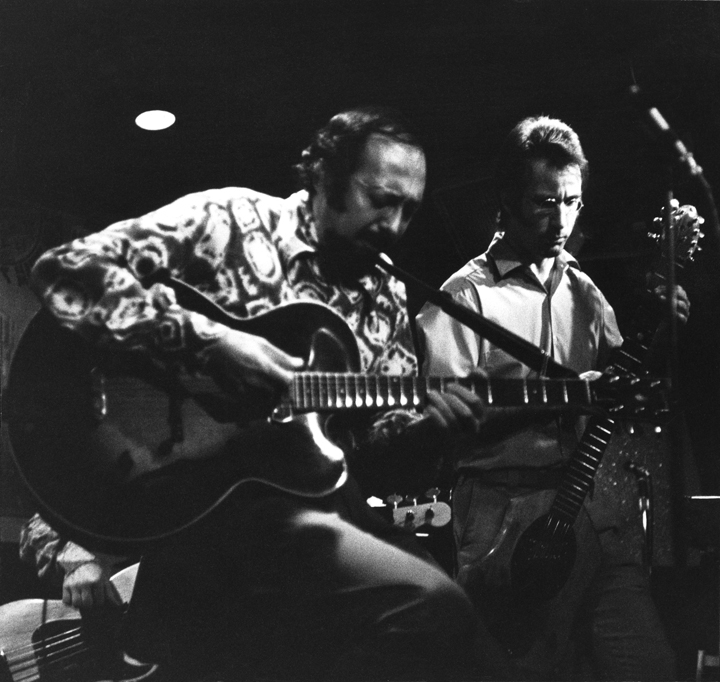Music is the universal language, but you don't have to be a music fan to be inspired by EMMETT. Emmett Chapman invented and built a new musical instrument that transformed the lives of people all over the planet.
"We all come in layers. We have our deficiencies and our gifts. What do you want to do in your life -make up for your deficiencies? Make everything equal? Or do you want to exploit your gifts? The gifts that you have are for others and then you benefit from them." -Emmett Chapman
Emmett is an authentic American individual. The arc of his life is based on original thinking. He invented something he calls The Stick. What is The Stick? Musicians in many countries know what it is, but it's mostly unknown to the general public. This film is Emmett's story, dramatically and poetically brought to the screen by his artist brother Dan, told with material he personally shot, plus archival footage and photos, featuring interviews, performances and insight into people around the world who've been touched by his invention. It's a window into an unusual, creative community, who's common link is their new way of playing music. It cuts across cultures, age groups and ethnicities. Through various players with every kind of playing style imaginable, we find a rich insight into the stubbornly maverick personality that it takes to play a brand new instrucment.
Emmett originally invented The Stick for himself. As a musician he was always searching for freedom in performance and a better way to play. His father was a traveling evangelist, although he was out of the picture when Emmett was one. In early childhood, he was immersed in music by his mother, a mesmeric performer who played guitar and sang in seven languages. He started by playing accordion for the church, the ukulele and finally guitar. He never stopped experimenting, searching, changing and often completely rebuilding is guitar
On August 26,1969 in Los Angeles, he discovered that by holding the neck of his modified guitar in a nearly upright position with both hands on opposite sides, perpendicular to the strings, he could tap the strings and freely play independent passages with each hand. This was an evolution in musical thinking, for the first time allowing strings to be played much like the piano, with symmetrical hands independently active. He named his new method "Free Hands."
This was forty years ago. The popularity of his discovery has seen a steady evolution, with solid support from a growing community of players, yet many battles, some betrayals and much resistance along the way. Challenging the established way of playing music is not an easy accomplishment, especially for someone as fiercely independent as Emmett. Interviewed by France 3 News, he talks about his role as instrument maker, "When I started out, I thought this was going to be an instrument that would catch on quickly. Then I learned how hard it is to build..." Manufacturing The Stick from his own workshop since 1974, he has made over six thousand of them, laboring on each one with his own hands. "I picked two roles for myself, as a manufacturer and a musician. Sometimes they're at odds with each other."
"What I'd like to do is be on tour as a concert artist." Although Emmett performs publicly and practices regularly, at times it seems he made a supreme sacrifice in order to give his instrument to others. In his workshop, we see him actively pursuing his dream-in-progress, a strenuous process that takes its toll, slaving over an instrument he created for his own freedom.



